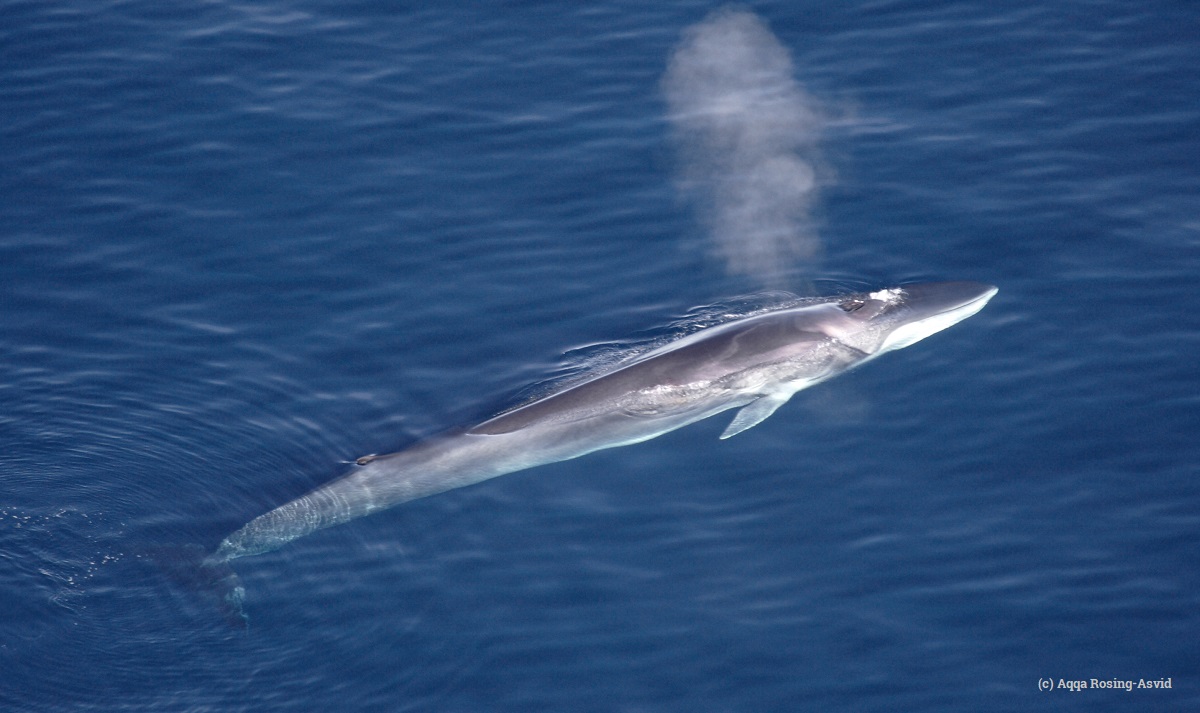Two long hours to die – report reveals the cruel suffering of fin whales harpooned off Iceland



The appalling cruelty of fin whale hunting in Iceland has been laid bare in a new report by the country’s own veterinary experts.
The report by the Icelandic Food and Veterinary Authority (MAST) is clear and damning evidence of the suffering experienced by fin whales, the world’s fastest and second-largest whale species.
It documents incidents in which whales hit with explosive harpoons took up to two hours to die, as well as the slaughter of pregnant and lactating females.
This official report, released in May, pulls no punches and we hope it will prove to be the final nail in the coffin of this cruel and unnecessary industry.

Fin whale landed at Miòsandur whaling station, Iceland, in August 2014 (c) EIA
For many years, Iceland’s most high-profile whaling has been carried out by multi-millionaire whaler Kristján Loftsson and his company Hvalur hf.
During the 2022 hunting season, his whalers killed 148 fin whales between June and September. Whereas previously inspections looked only at landed whale carcasses, a new regulation adopted in August last year required monitoring the welfare of individual whales during the hunt itself, from aboard the vessel. Monitoring occurred for 58 of 64 whales hunted until the end of the hunting season.
The whales are shot with an explosive projectile, a barbed harpoon with a grenade on the end which is fired from a canon on the bow of the ship. It is intended to penetrate deep into the whale’s body, where it should explode and release spring-loaded claws into the flesh. It should cause a shock wave that results in unconsciousness, vital organ damage and heavy bleeding, but it can be difficult to know when a whale is dead – not all die immediately after being shot with this gruesome weapon.
Recording the whales’ behaviour and the damage to their organs when they are shot allows for a reasonable assessment of the time it has taken for the animal to die. The number of times a whale is shot and the location of the shots in its body reflect efficiency and can assist veterinarians in determining the level of suffering to which the whales are subjected.
Unsurprisingly, the MAST report clearly demonstrates that the barbaric nature of whale hunting causes immense suffering – 24 per cent of the fin whales harpooned had to be shot twice or more; two individuals were shot with four explosive projectiles each.
Of those that did not die immediately (41 per cent), the median time to death was 11.5 minutes and the average time was 17.4 minutes; however, in one instance a gravely wounded whale lasted for almost an hour, while another suffered for a full two hours after being shot before finally dying.
Such long delays before death are not surprising, given the enormous size of fin whales and the fact that accuracy cannot be assured when shooting any animal from a moving boat in variable weather and sea conditions.
In another incident, a whale was shot with the explosive harpoon and then chased for five hours with it still embedded in its back, before escaping to an unknown fate since the line attached to the projectile had broken.
A total of 73 per cent of the whales killed last summer were female, 11 of them pregnant and one lactating, meaning her orphaned calf will undoubtedly perish too, increasing the death toll in 2022 by 12 to 160 fin whales.
In the face of widespread global criticism, Iceland has continued to self-issue whaling quotas, the latest of which will expire at the end of 2023. After this date, a new five-year quota would need to be authorised by the Fisheries Minister for whaling to continue.
An animal welfare advisory board will review the new MAST data and assess whether whaling can be practised in line with Icelandic animal welfare laws. If this is deemed possible, the Government will need to establish appropriate regulations for the hunts – although Fisheries Minister Svandís Svavarsdóttir has stated that whaling permits may not be renewed after the 2023 whaling season.
This data and footage has raised serious questions in Iceland about the fact that whaling cannot meet the objectives and standards of national welfare legislation and should end.
Internationally renowned musician Björk and other recognised Icelandic figureheads are protesting Icelandic whaling, including at a protest march, performances and speeches held on Saturday in Rejkjavík.

Few people in Iceland eat whale meat. A decade ago, EIA and colleagues exposed the shocking news that Icelandic fin whale meat was being shipped off to Japan, where some of it was ending up as dog treats.
However, there are grounds for optimism. This important report has shone a spotlight on the cruelty and extreme suffering inflicted by whaling and this has been recognised by the Icelandic Government – it means that there is hope for a whaling-free future for fin whales in Icelandic waters.
Until that time, EIA will continue to apply pressure on the Icelandic authorities to stop issuing quotas and to bring the inhumane practise of whaling to an immediate end.